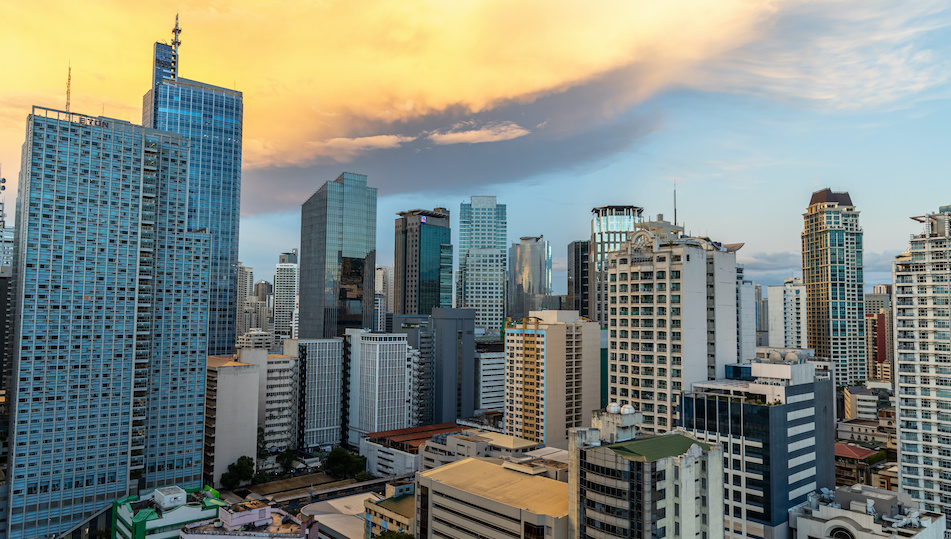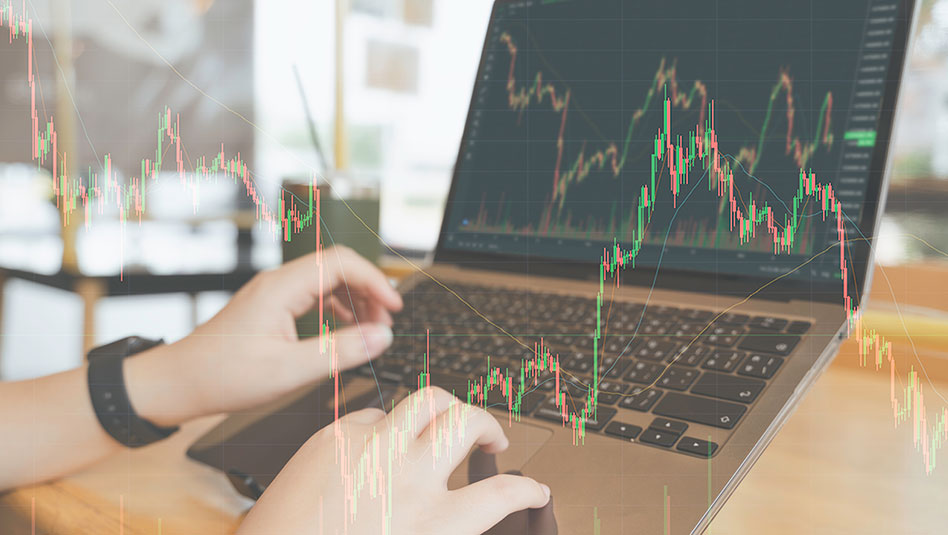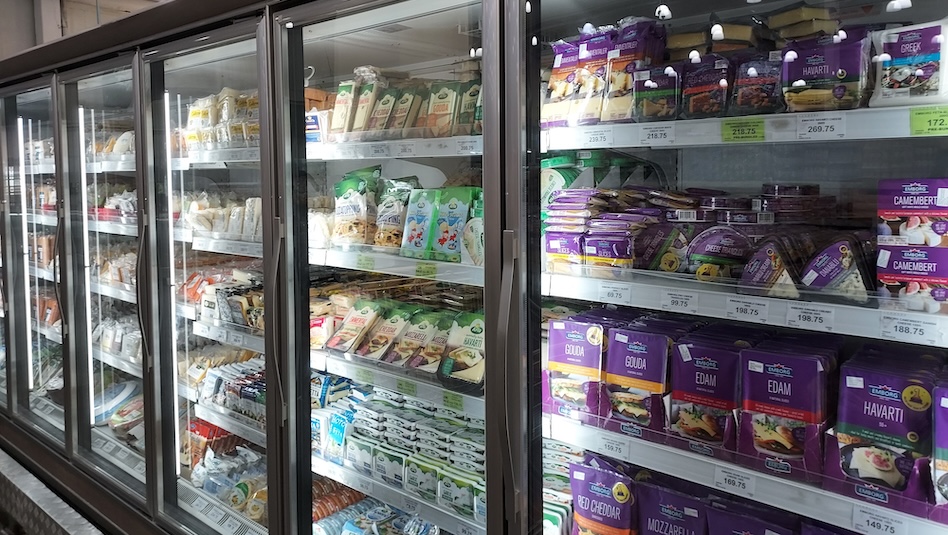
Fundamental View
AS OF 05 Mar 2025BDO Unibank (BDO) is the largest bank in the Philippines in terms of assets & market share.
Given its size and systemic importance, BDO is considered too big to fail and is strongly likely to be supported by its controlling shareholder SM Investments, as well as the Philippine government in times of stress.
BDO is widely viewed as the soundest bank in the country given its strong fundamentals, well-diversified businesses, and good management.
Business Description
AS OF 05 Mar 2025- BDO Unibank was established as Acme Savings Bank in 1968, and was then acquired by SM Investments in 1976. It became a commercial bank in 1994 and a universal bank in 1996.
- BDO was listed in May 2002. SM Investments remains the bank's largest shareholder with a 41% stake.
- BDO has expanded through a series of M&As. Among its key transactions, it merged with Dao Heng Bank Philippines in 2001, Banco Santander Philippines in 2003, UOB Philippines in 2005, Equitable PCI Bank in 2007, GE Money Bank in 2009, Citibank Savings, DB Trust and Real Bank in 2014, One Network Bank in 2015 (the largest rural bank in the Philippines), and RB Pandi's banking business in 2019. It also acquired the insurance business of Generali in the Philippines in 2016.
- BDO has the largest distribution network in the country and is ranked the largest bank in terms of consolidated resources, total assets, loans, deposits and trust funds under management.
- Its loan book is split 50% large corporates, 24% middle market, and 26% consumer at 4Q24. 42% of the consumer book comprises mortgages, 27% are credit cards, 13% are auto loans and the remaining are personal loans (12%) and others (5%).
Risk & Catalysts
AS OF 05 Mar 2025Growth in retail loans has been robust, but we see few asset quality risks for BDO given a comfortable NPL cover (145% at 4Q24) and build up of the CET1 ratio (FY24: 14.1%), as well as BDO’s large corporates-focused book (52% of total loans) and underwriting track record. Loan growth momentum should carry through into 2025, with a strong pipeline in capex loans as a result of the larger banks’ stronger banking relationships with the larger corporates.
Some NIM reduction is likely in FY25 despite reductions to the reserve requirement ratio (RRR), as more BSP rate cuts come through.
Any rating downgrade of the Philippine sovereign would negatively impact BDO.
Key Metric
AS OF 05 Mar 2025| PHP mn | FY20 | FY21 | FY22 | FY23 | FY24 |
|---|---|---|---|---|---|
| NIM | 4.36% | 4.05% | 4.14% | 4.37% | 4.35% |
| Reported ROA (Cumulative) | 0.9% | 1.2% | 1.5% | 1.7% | 1.8% |
| Reported ROE (Cumulative) | 7.6% | 10.4% | 13.0% | 15.2% | 15.1% |
| Equity/Assets | 11.6% | 11.7% | 11.3% | 11.5% | 11.8% |
| CET1 Ratio | 13.2% | 13.6% | 13.4% | 13.8% | 14.1% |
| NPL ratio | 2.7% | 2.8% | 2.0% | 1.9% | 1.8% |
| Provisions/Loans | 1.34% | 0.72% | 0.64% | 0.59% | 0.46% |
| PPP ROA | 2.3% | 2.1% | 2.3% | 2.7% | 2.5% |
| Liquidity Coverage Ratio | 127% | 145% | 141% | 123% | 132% |
| Net Stable Funding Ratio | 122% | 124% | 124% | 124% | 122% |
CreditSight View Comment
AS OF 13 Mar 2025BDO is the largest bank in the Philippines. Management is well-regarded, the business is well-diversified and it is the market leader in many business lines. The NIM has peaked with the turn in policy rates, but non-interest income is close to a third of operating income given good fee generation and overall core profitability is strong. Management aims to sustain returns via a further normalization in credit costs, asset rebalancing towards loans and the reduced RRR requirement. We remain comfortable with BDO given the large corporate book and comfortable NPL cover, as well as underwriting track record, which provide comfort around the robust growth in retail loans. Capital has also been steadily built up with the CET1 ratio at 14.1% at FY24. We have BDO on Market perform.
Recommendation Reviewed: March 13, 2025
Recommendation Changed: November 28, 2023
Who We Recommend
Notice: Trying to get property 'post_title' of non-object in /home/forge/staging.metrobank-wi.make.technology/web/app/themes/mb-wealth-insights/template-parts/sections/who-we-recommend.php on line 49
Notice: Trying to get property 'ID' of non-object in /home/forge/staging.metrobank-wi.make.technology/web/app/themes/mb-wealth-insights/template-parts/sections/who-we-recommend.php on line 50
Notice: Trying to get property 'ID' of non-object in /home/forge/staging.metrobank-wi.make.technology/web/app/themes/mb-wealth-insights/template-parts/sections/who-we-recommend.php on line 51
Notice: Trying to get property 'ID' of non-object in /home/forge/staging.metrobank-wi.make.technology/web/app/themes/mb-wealth-insights/template-parts/sections/who-we-recommend.php on line 52
Notice: Trying to get property 'post_title' of non-object in /home/forge/staging.metrobank-wi.make.technology/web/app/themes/mb-wealth-insights/template-parts/sections/who-we-recommend.php on line 49
Notice: Trying to get property 'ID' of non-object in /home/forge/staging.metrobank-wi.make.technology/web/app/themes/mb-wealth-insights/template-parts/sections/who-we-recommend.php on line 50
Notice: Trying to get property 'ID' of non-object in /home/forge/staging.metrobank-wi.make.technology/web/app/themes/mb-wealth-insights/template-parts/sections/who-we-recommend.php on line 51
Notice: Trying to get property 'ID' of non-object in /home/forge/staging.metrobank-wi.make.technology/web/app/themes/mb-wealth-insights/template-parts/sections/who-we-recommend.php on line 52
Notice: Trying to get property 'post_title' of non-object in /home/forge/staging.metrobank-wi.make.technology/web/app/themes/mb-wealth-insights/template-parts/sections/who-we-recommend.php on line 49
Notice: Trying to get property 'ID' of non-object in /home/forge/staging.metrobank-wi.make.technology/web/app/themes/mb-wealth-insights/template-parts/sections/who-we-recommend.php on line 50
Notice: Trying to get property 'ID' of non-object in /home/forge/staging.metrobank-wi.make.technology/web/app/themes/mb-wealth-insights/template-parts/sections/who-we-recommend.php on line 51
Notice: Trying to get property 'ID' of non-object in /home/forge/staging.metrobank-wi.make.technology/web/app/themes/mb-wealth-insights/template-parts/sections/who-we-recommend.php on line 52









 DOWNLOAD
DOWNLOAD




